A Couple Of Useful Tips For Cleaning The Dishes
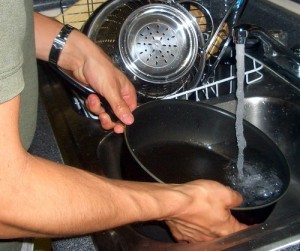
Doing the dishes is an everyday practice for all of us. Some of us use dishwashers in order to save time and ease our work. Many, however, prefer washing the dishes by hand. It takes more time and effort and it is not a very pleasant activity but it is inevitable because we need to do it every day.
Every housewife, of course, knows how to do the dishes as she is used to doing it and does it in her own way with products that she has chosen. The different kinds of materials, however, require different type of maintenance and cleaning. Some of them need special care because they are more tender and demanding and we need to have that in mind when washing our dishes.
There are some natural methods of cleaning dishes which we should know and apply when needed.
Fireproof dishes are convenient and cooking in them is easy. They prevent food from burning. But they are also tender and prone to cracking or breaking if they are not maintained properly. The first thing you should know is not to put cold liquids or products in a heated fireproof dish. When cleaning those dishes do not scrub them with wire or abrasive products because they are easily damaged.
Aluminium dishes are also widely used in the modern kitchen. They are light, easily cleaned and resistant. Despite that, they need to be kept from pressing or hitting because they can be deformed. You need to clean them well with soap and water. You should avoid scrubbing them with abrasive products because their surface might be damaged. You should leave washed aluminium dishes to dry or wipe them with a towel but do not put them in the cupboard while they are wet.
Enamelled dishes look nice and they are easily cleaned. In order to keep them in good condition and use them longer you need to follow some rules. Enamelled dishes easily crack when there is a sudden change in temperature so be careful with that. Wash those dishes with soap and water. If there is grease on them scrub them with some baking soda and soap. In case they are burned you can clean them up by soaking them in water with a tea spoon of soda added in it.

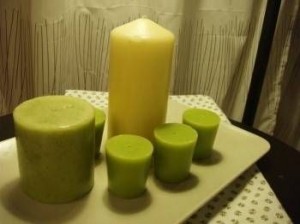
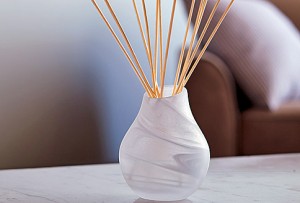
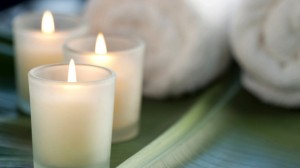

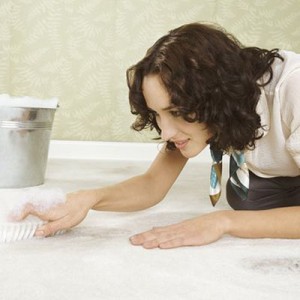
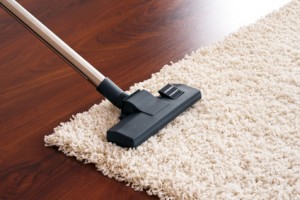
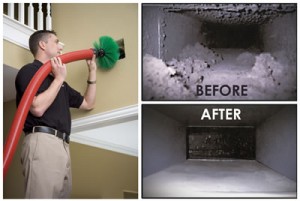 There are various factors which should make you consider having the
There are various factors which should make you consider having the 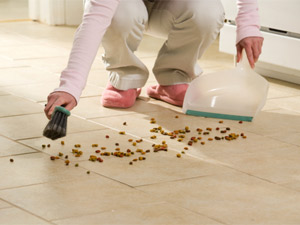 Many households posses one or two pets and their landlords know very well how irritating
Many households posses one or two pets and their landlords know very well how irritating  Pets may be cute and lovable – the perfect companions – but they seem to leave a part of themselves everywhere around the
Pets may be cute and lovable – the perfect companions – but they seem to leave a part of themselves everywhere around the